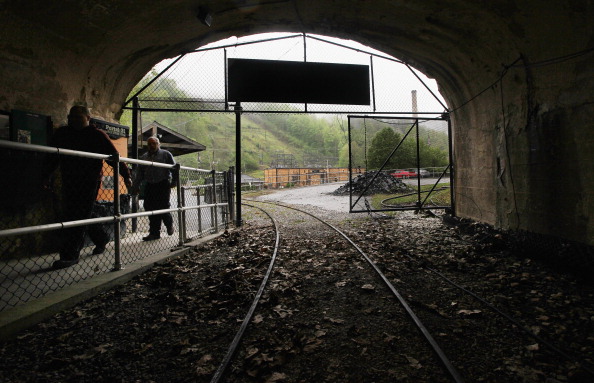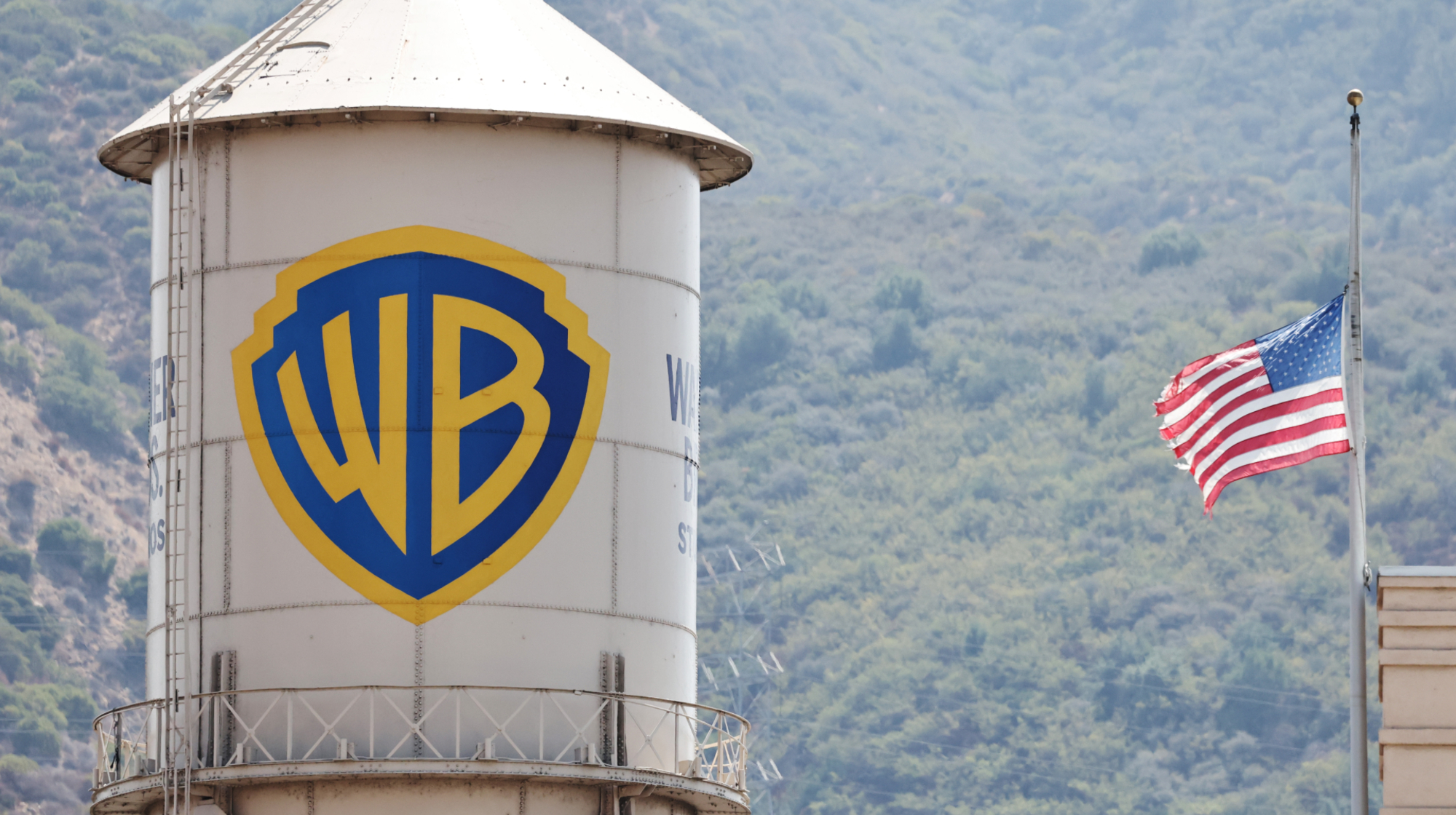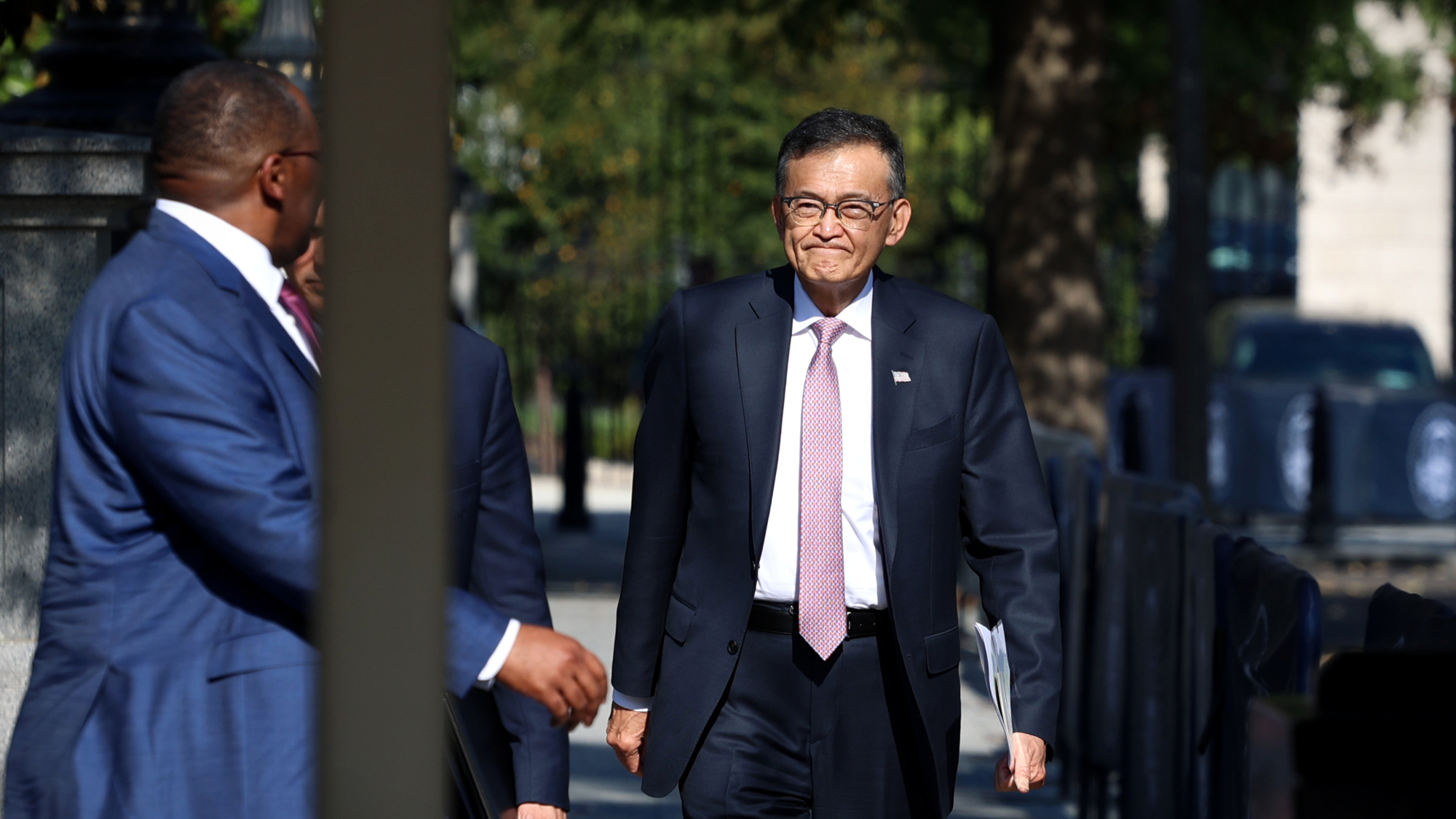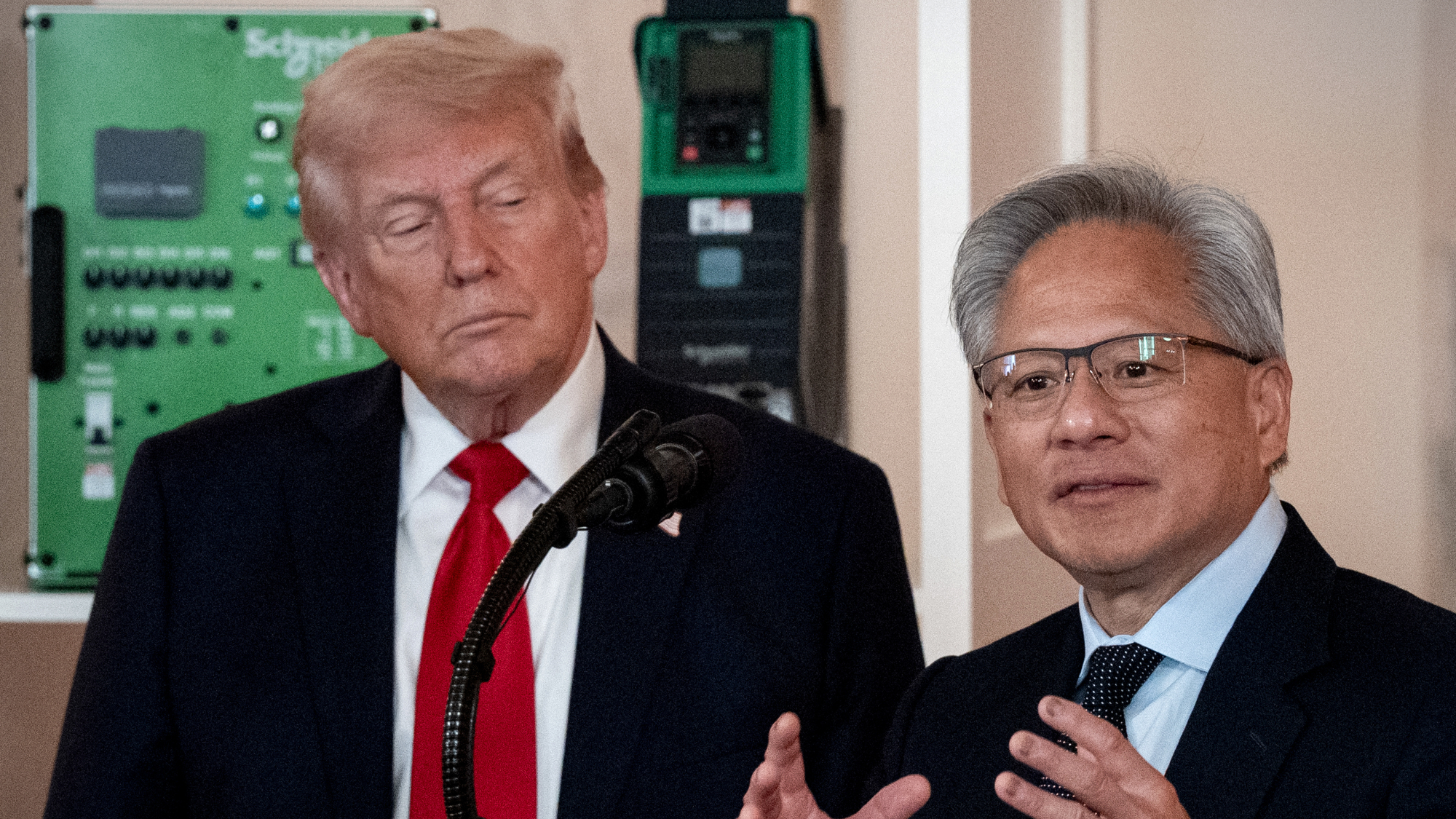A new Kentucky law will make it harder for coal miners with black lung to get compensation


Much of the drama in Kentucky's legislature last week was around Senate Bill 151, an unexpected and fast-moving bill that Republicans pushed through to end pensions for new teachers, replacing the defined benefits with a 401(k) style system. But Kentucky Gov. Matt Bevin (R) also signed House Bill 2, which overhauls workers compensation in the state in a way that will make it harder for coal miners with black lung to get state benefits. The law allows only federally certified pulmonologists, not radiologists, to determine if X-rays show black lung.
The problem for coal minders, NPR reports, is that Kentucky has only six federally certified pulmonologists, "four of them routinely are hired by coal companies or their insurers" and one is semi-retired and losing his federal National Institute for Occupational Safety and Health (NIOSH) certification June 1, leaving just one doctor who generally works for coal miners rather than coal companies. The law excludes radiologist Dr. Brandon Crum, for example, who helped uncover one of the biggest clusters of complicated black lung ever documented. NPR's survey of Appalachia has counted more than 2,200 advanced black lung diagnoses since 2010.
"It is curious to me that the legislators feel that the pulmonologist is more qualified to interpret a chest radiograph than a radiologist is," Dr. Kathleen DePonte told NPR. "This is primarily what radiologists do." The lawmaker who sponsored the change, state Rep. Adam Koenig (R), said he was motivated by the disparity between pulmonologists, who tend to be conservative in their black lung diagnoses, and radiologists, who tend to diagnose the fatal disease more liberally. He told NPR that he "relied on the expertise of those who understand the issue — the industry, coal companies and attorneys," adding, "All we're doing is making sure that qualified doctors are making these determinations." You can listen to NPR's report from Sunday's Weekend Edition below. Peter Weber
The Week
Escape your echo chamber. Get the facts behind the news, plus analysis from multiple perspectives.

Sign up for The Week's Free Newsletters
From our morning news briefing to a weekly Good News Newsletter, get the best of The Week delivered directly to your inbox.
From our morning news briefing to a weekly Good News Newsletter, get the best of The Week delivered directly to your inbox.
A free daily email with the biggest news stories of the day – and the best features from TheWeek.com
Peter has worked as a news and culture writer and editor at The Week since the site's launch in 2008. He covers politics, world affairs, religion and cultural currents. His journalism career began as a copy editor at a financial newswire and has included editorial positions at The New York Times Magazine, Facts on File, and Oregon State University.
-
 US mints final penny after 232-year run
US mints final penny after 232-year runSpeed Read Production of the one-cent coin has ended
-
 Warner Bros. explores sale amid Paramount bids
Warner Bros. explores sale amid Paramount bidsSpeed Read The media giant, home to HBO and DC Studios, has received interest from multiple buying parties
-
 Gold tops $4K per ounce, signaling financial unease
Gold tops $4K per ounce, signaling financial uneaseSpeed Read Investors are worried about President Donald Trump’s trade war
-
 Electronic Arts to go private in record $55B deal
Electronic Arts to go private in record $55B dealspeed read The video game giant is behind ‘The Sims’ and ‘Madden NFL’
-
 New York court tosses Trump's $500M fraud fine
New York court tosses Trump's $500M fraud fineSpeed Read A divided appeals court threw out a hefty penalty against President Trump for fraudulently inflating his wealth
-
 Trump said to seek government stake in Intel
Trump said to seek government stake in IntelSpeed Read The president and Intel CEO Lip-Bu Tan reportedly discussed the proposal at a recent meeting
-
 US to take 15% cut of AI chip sales to China
US to take 15% cut of AI chip sales to ChinaSpeed Read Nvidia and AMD will pay the Trump administration 15% of their revenue from selling artificial intelligence chips to China
-
 NFL gets ESPN stake in deal with Disney
NFL gets ESPN stake in deal with DisneySpeed Read The deal gives the NFL a 10% stake in Disney's ESPN sports empire and gives ESPN ownership of NFL Network


